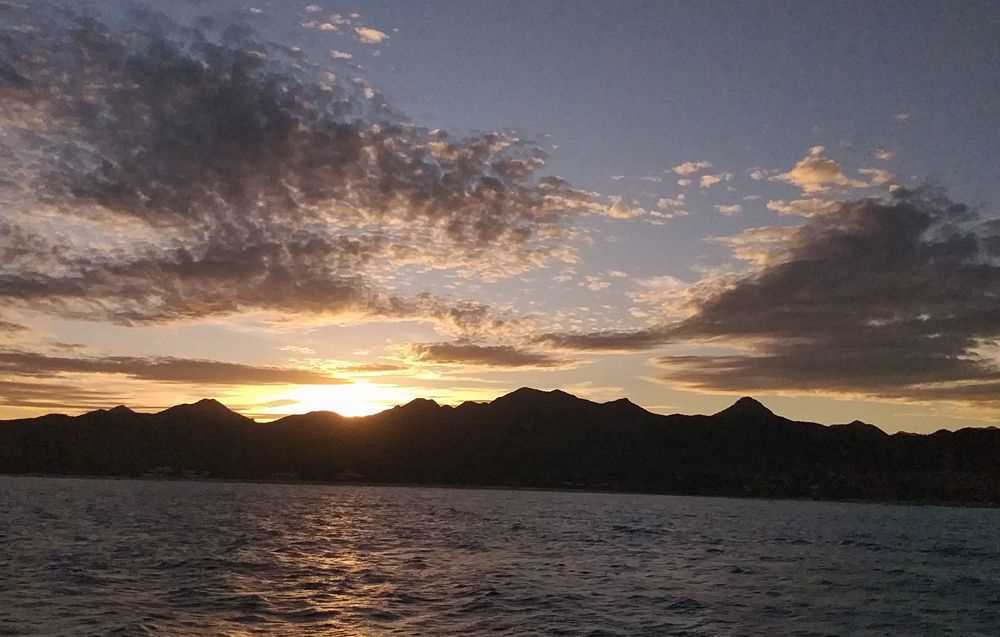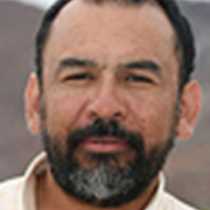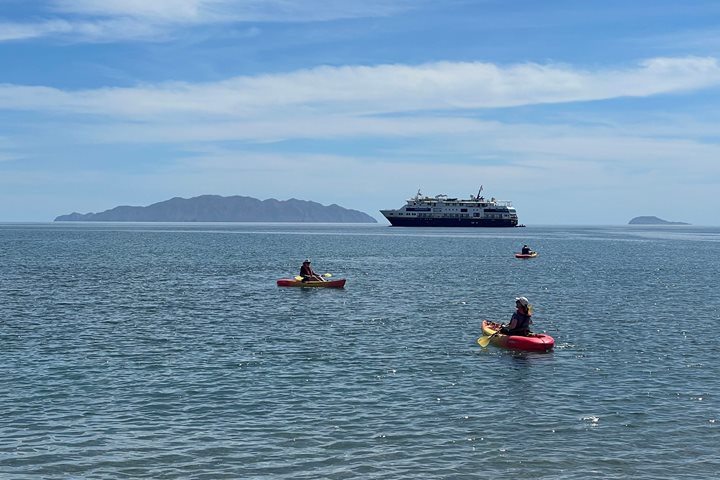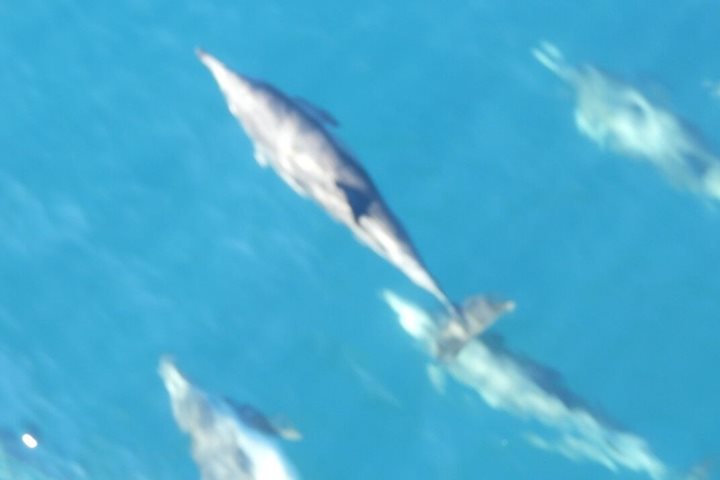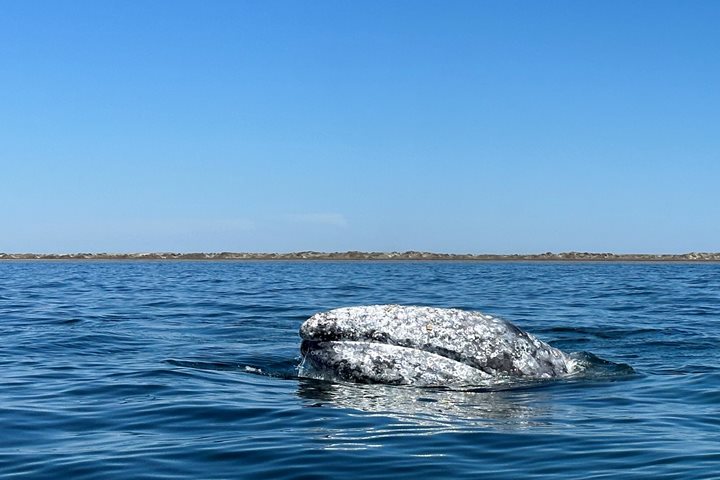This morning National Geographic Sea Lion departed from La Paz town, capital of the state of Baja California Sur, to get the now-famous Cabo Pulmo, a once quaint fishing community turned marine preserve some 25 years ago. Cabo Pulmo is now a worldwide example of protection of marine resources and of sustainable tourism, all made by the local inhabitants. Our group of guests in this trip is a rare but important admixture of conservationists composed of local citizens, ranch owners, fishermen, NGO’s representatives and local authorities. They came aboard to discuss several ways to contribute to the conservation of other places in what now is called the Eastern Cape (Cabo del Este), the eastern littoral of the Municipality of Los Cabos, threatened by the uncontrolled development of big-scale tourist facilities, and replicate the Cabo Pulmo experience.
In our way down to Cabo Pulmo, guests and staff aboard had in perspective the many natural areas and human communities that dot the Eastern Cape, like (north to south) El Sargento, La Ventana, Boca del Alamo, El Cardonal, Los Barriles, Buenavista and La Ribera. We also enjoyed the views of Cerralvo (officially, Jacques Cousteau) Island, which showed what the rain did here: produced a lush vegetation. In fact, several tropical storms hit the Gulf of California during the past summer, and released a lot of water, and some of the southernmost islands benefitted with that. Casually, today was hot and rained almost all day long, and we understood why this rain is so important to recharge the aquifers. The ship arrived to Cabo Pulmo just at sunset, and we enjoyed a spectacular view of the landscape.
We believe that this week with our special guests is historic. We may see in the near future the results of their talks and initiatives to preserve and sustainably develop the East Cape. We are fortunate in navigating together.

